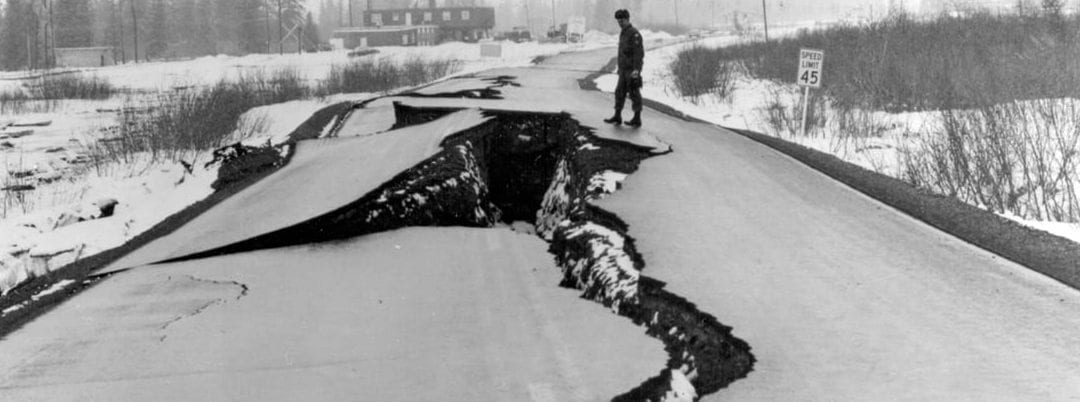The UN Sustainable Development Goals present a formidable funding challenge. Financial innovation is one way through which resources can be secured, while also providing business opportunities for market actors. The insurance sector, in particular, has been at the forefront of such innovation, developing financial instruments to manage the flooding, fire and storm risks that characterize an increasingly unstable world. We examine one such financial instrument – the catastrophe bond – which transfers extreme risk from insurers and reinsurers to capital markets. Using a comprehensive database of all catastrophe bonds issued through March 2016, we find that the modeling which underlies catastrophe bonds is not demonstrably better than guesswork at predicting the financial consequences of extreme events. Moreover, secondary data reveal that market actors are under no illusions about the level of precision and accuracy provided by the models. Our analysis suggests that catastrophe bonds do not lend themselves to analysis through conventional sociological theories of financial markets. We reflect on the social arrangements that sustain financial markets in contexts of extreme uncertainty, and propose a theory of ignorance as a means for better understanding them. We conclude with some cautionary notes for harnessing financial tools in support of the SDGs.
Reference:
Dror Etzion, Emmanuel Kypraios and Bernard Forgues. 2019. Employing Finance in Pursuit of the Sustainable Development Goals: The Promise and Perils of Catastrophe Bonds, Academy of Management Discoveries, 5(4): 530-554. First published 18 Sep 2019. https://journals.aom.org/doi/abs/10.5465/amd.2018.0137



Trackbacks/Pingbacks